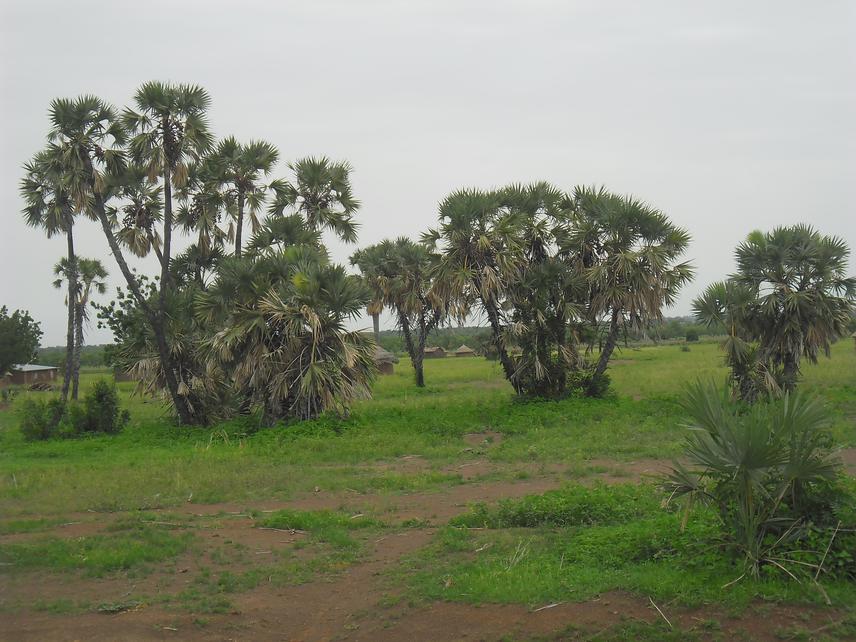Alix Frank Rodrigue Idohou
Other projects
7 Jul 2015
Combining Ecological Data and Local Community Participation to Set Long-Term Conservation Plans of the Dum Palm in Benin
12 Jun 2018
Participatory Actions towards Ecological Restoration of Agroforestry Systems Adjacent to the Biosphere Reserve of Pendjari in Benin
21 Apr 2020
Scaling-Up the Stakeholders-Led Conservation Actions in Areas Adjacent to Pendjari Biosphere Reserve in Benin (West Africa)
This study aims to use satellite imagery provided at finer spatial resolution together with ecological data and occurrence data from across the species geographic range across the country in order to identify suitable areas for doum palm cultivation in Benin.

Doum palm population in natural landscape at Pouri.
Doum palm (Hyphaene thebaica), native to the semi-arid Sahelian zone of West Africa is a multipurpose tree species growing wild throughout the dry regions of tropical Africa, the Middle East and Western India. In the frame of my former project which aimed at assessing the socioeconomic importance of the doum palm species, local people revealed the amount of usefulness the species has been cited for and its capacity to set and successfully grow on a variety of soils. The species is then highly recommended for restoration of degraded areas and reforestation programmes as findings revealed relatively low densities in its distributional area. In addition, local people mentioned that over exploitation in some areas and the land burning for agricultural practices and rodents hunting lead to disappearance of the species in some areas. Thus, there is an urgent need to use strong techniques such as machine learning algorithm to investigate the capacity of the species for domestication and bring out suitable areas for the species cultivation across Benin.
The objectives of the project are to:
(i) map the geographic distribution of the doum palm across landscapes in Benin,
(ii) assess the suitable areas for the species domestication
(iii) identify together with land use managers, local NGOs and natural resources management institutions, local decision makers, local associations the areas available for the species cultivation. From our field observation, it comes that some of the previously proposed areas to host the transplanted individuals of the species have not been successful. As such this work is timely and very complementary to the currently ongoing activities.
The project will also help to improve the already existing strategies of ecosystems restoration based on locally adapted species. At the end, outputs will be shared with land use managers, local NGOs and natural resources management institutions, local decision makers, local associations.